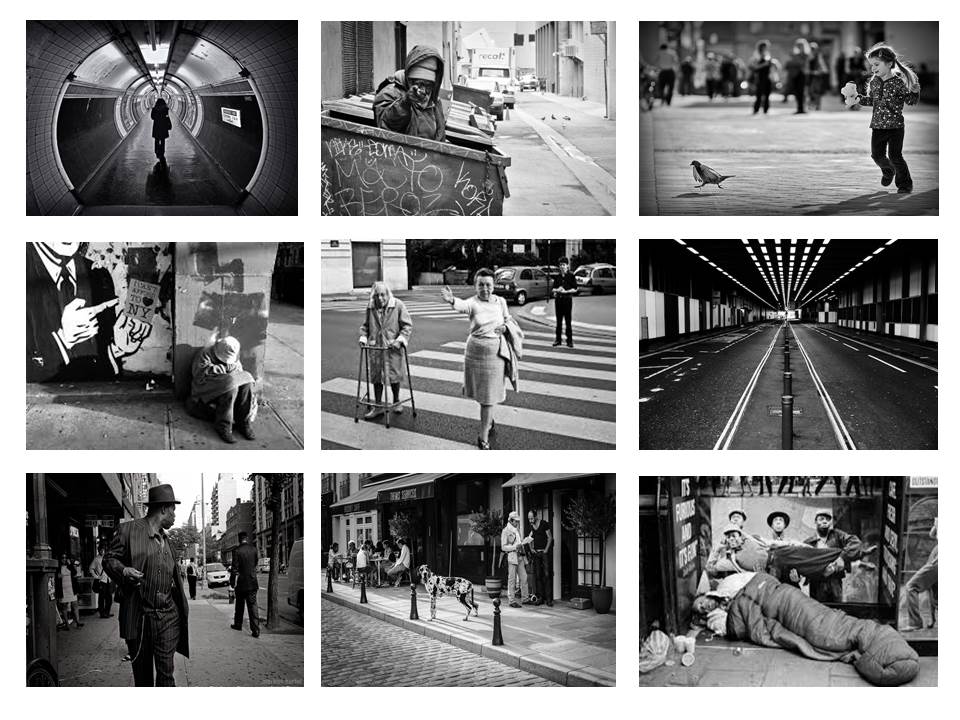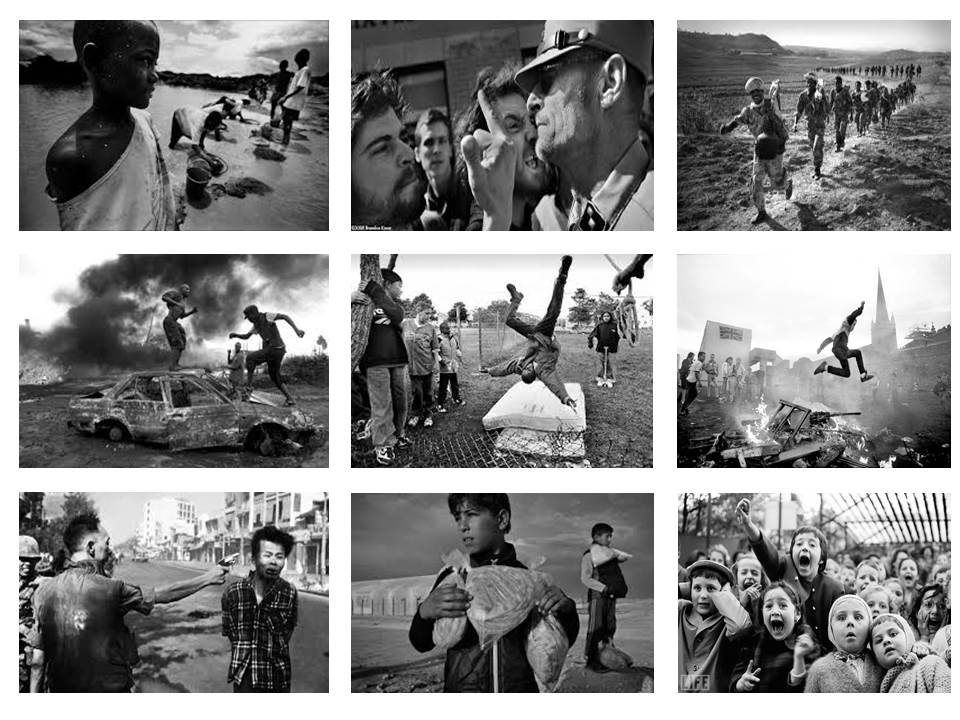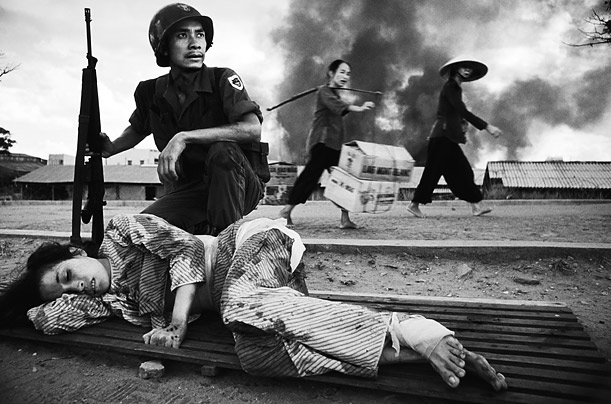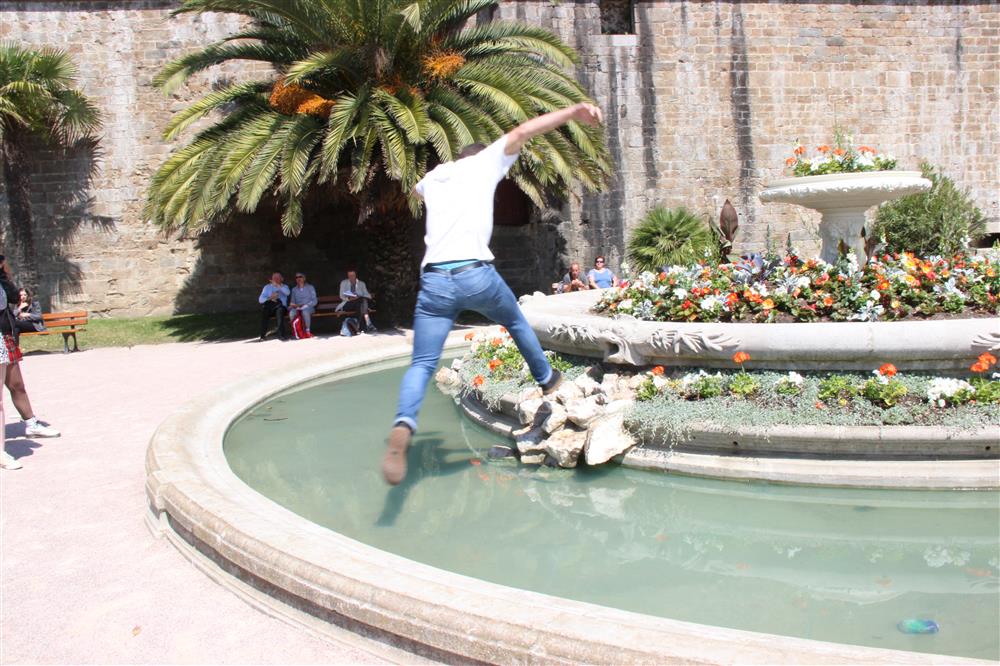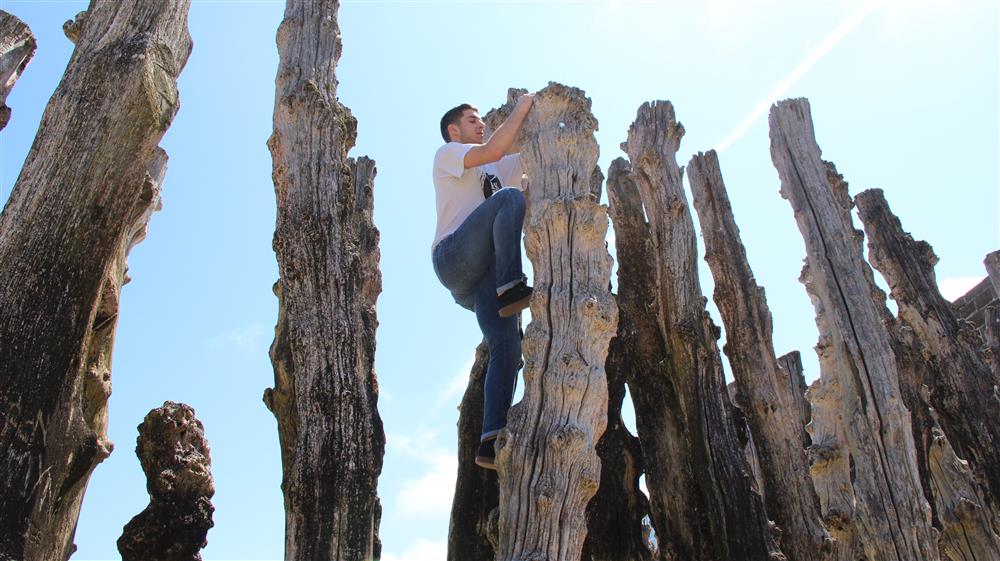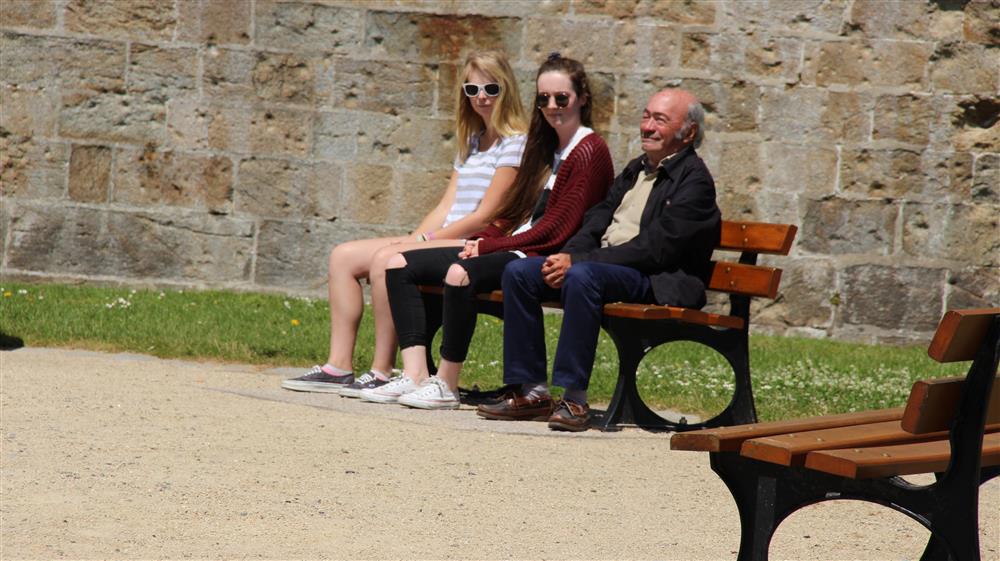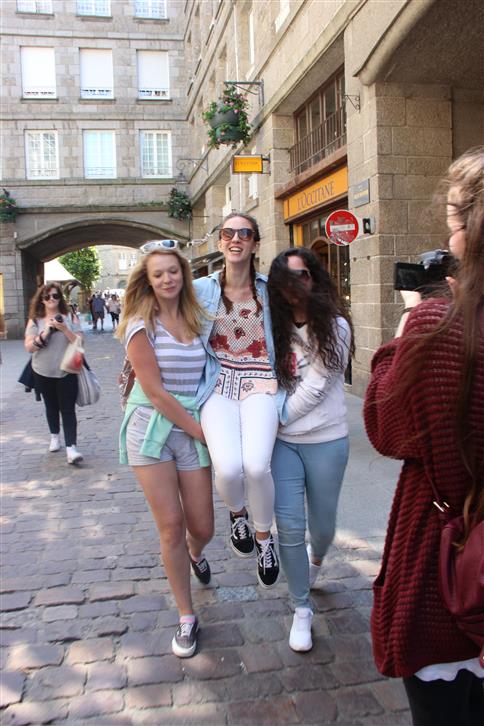At the World Press Photo contest, there was an uproar when an Italian photographer won the top prize and had misinterpreted the location of the photograph and had also staged them. This made the photographers question the line between photojournalism and art photography and the line between what is and isn’t acceptable. This lead to the judging panel rewriting their code of ethics so that staged photographs would not be permitted in the contest. Mr Leroy who is founder of Visa Pour l’Image said he defined photojournalism as “witnessing the world.” The fact that Mr Leroy used the word ‘witnessing’ implies that you shouldn’t influence the photograph but simply record what you see. Photograph’s today are easily manipulated and staged with the use of technology, photojournalists are known for ‘bare witnessing’ real life situations therefore it’s hard to establish how much photo manipulation is acceptable if any.
Can Photographs change the world?
Some people argue that a powerful photograph has the ability to change the world, by influencing peoples perspective and bringing out emotions in them. Photographs inform the viewers visually about world events often with little description, which I think sometimes is more powerful than a detailed report because the photograph allows you to sympathize with what is going on. However other people argue that it cant change the world. Photographer Lewis Bush believes that photographs can’t change the world, but “Photographs represent the idea that things are happening, or exist, or are possible”. He believes that it’s not so much the photograph that can change the world but the effect it has on people and the action they take. I think that photographs are capable of changing the world if they are powerful enough and transmit a strong message. I do think there is something about photography which brings people together. However, I do agree that a large part of changing the world through a photograph is how people react and take an action after having seen the photograph itself.
Can photojournalists preserve their integrity and maintain trust?
Photojournalism is known for it’s credibility, however as the use of technology rises photographers are manipulating their photographs more and more which in turn is making viewers more skeptical of weather or not to believe what they see and they begin to loose trust. Donald Weber said by taking away photojournalism’s credibility “we’re only killing our own profession.” In NPPA’S code ethics for journalists in one of their rules they state “Do not manipulate images or add or alter sound in any way that can mislead viewers or misrepresent subjects.” which justifies why the manipulated photographs were disqualified. However, although there is a code of conduct which photojournalists should obey many of them don’t which makes it harder to preserve photography integrity.
https://nppa.org/code_of_ethics
More recently, a photograph of a 3 year old Syrian boy who had been washed up on the beach after travelling from Turkey to Greece in a rubber raft played an important part of getting peoples attention. This photograph was spread all over social media, the news and magazines which alerted people to the seriousness and the consequences of the refugee crisis. This photograph promoted politicians all over the world to take action and ‘support’ the people who are part of the refugee crisis. I think this is a good example of how photographs can change the world and do have a big influence on peoples actions, however was it morally right for the photographer to have taken this photograph? The article below shows how the photograph affected the boys family.
http://www.nytimes.com/2015/09/04/world/europe/syria-boy-drowning.html?smid=tw-share&_r=0


